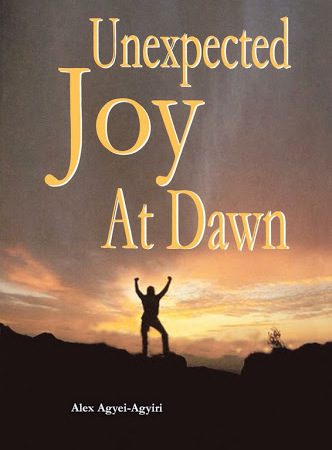A first time read of How The Leopard Got His Claws would probably inform its reader of a deep-seated literary meaning. The text is more than just a children’s literature. It tells a story, historical, dressed in the elegance of fable. How The Leopard Got His Claws is a political allegory and on par with George Orwell’s well-read novella, Animal Farm. The story it tells, its background and the contextual situation reveal this much.
The text hints at a political undertone. There’re for example the sense of African collectiveness (evident in the building of a hall) and the peculiarness of the animals to the African soil, and of course, the editing history of the text to examine.
The story begins with the peaceful and blissful life of animals in the forest. King Leopard is their king, good and kind to a fault. Of all the animals in the forest, only the dog has what seem close to a sharp fang which is why he would abuse its power later. The animals gather and decide to build a hall to enhance their communal spirit and to have a shelter to hide under when there is downpour of rain. The dog and the duck refuse to be part of the building exercise. The animals build their hall nonetheless without the duo’s participation.
However, when the rain came, the dog took shelter under the hall and when he was challenged, he injured his challengers with his sharp tooth. The animals were left in the rain. The leopard who was away came around and met the resistance of the dog. The dog injured him severely. Right before the Leopard’s eyes, the animals shifted their allegiance from him to dog, acknowledging the dog as their king.
In vengeance, the Leopard sought power and he got sharper and longer fangs and claws. He came back and defeated the dog. The Leopard regained his usurped position but things were not like they used to be. The Leopard had lost his goodness and kindness — the animals became each other’s enemies, killing each other for food. As for the dog, he approached the hunter for shelter and subsequently betrays the other animals to the hunter.
In one quick swoop, the authors capture the story of how the leopard got its claws, how animals became enemies and of course, how the dog began to live with man.
How The Leopard Got His Claws is a product of Chinua Achebe and Christopher Okigbo’s defunct Citadel Press. Its unedited form, “How Dog Became Domesticated”, submitted for publication by John Iroaganachi is particular about how the dog is enslaved — a subject which has become banal within the African clime and considering the then ongoing war, quite uninteresting.
Achebe set out to rework the manuscript. Why victimise the dog, a traitor, thereby eliciting the sympathy of the reader? Achebe built the story upon the Biafran/Nigerian civil war instead to tell ultimately the story of a people who after enduring what came close to an ethnical cleansing bared their vengeance — of the Igbo when they decided to break away from Nigeria.
It therefore won’t amount to a misnomer to state that How The Leopard Got His Claws is a socio-political narrative that etches out the Biafran resilience and resistance to oppression. Not just Biafra, it applies to every oppressed people in the society, usurped by the individualistic oppressors. Admittedly, the short text carries in it the prominent features of the traces of post-modern literature: war, misery, individualism, science as the bane of human existence, etc.
The archetypes used in the text are more pronounced. Studying the underlying circumstances of the Nigerian civil war, I realised that the forest serves as an archetype of Nigeria. The Leopard as the typical Easterner. The Dog as a Northern Nigerian. The other animals as other ethnic groups in Nigeria. The hunter as the world super powers who meddled in the Nigerian crisis.
How The Leopard Got His Claws expresses themes of edenic bliss, individualism, collectivism, brutality, betrayal, vengeance, liberation and Hobbesian chaos. It also suggests —to everyone across age divides—of the dangers of the abuse of power (as we have seen the dog do). Another of its moral lessons is rooted in the never-say-die mentality of the leopard and of course, his spirit of perseverance.
Its political undertones nonetheless, the text is a worthy read for both the young and the old.
 WHATSAPP: Click HERE to join the new Literature PADI WhatsApp group to receive latest updates on your phone and for further literary discussions!
WHATSAPP: Click HERE to join the new Literature PADI WhatsApp group to receive latest updates on your phone and for further literary discussions!








